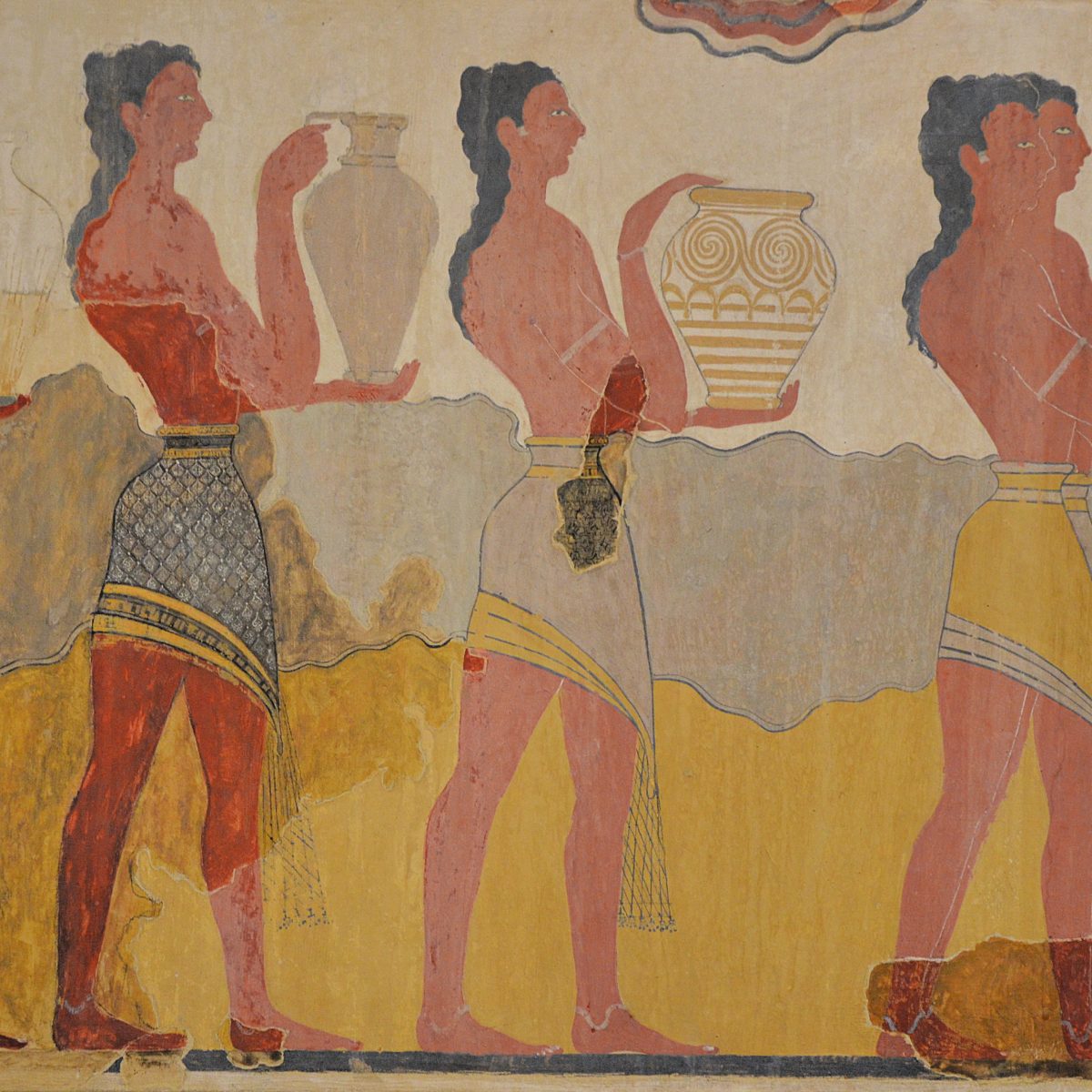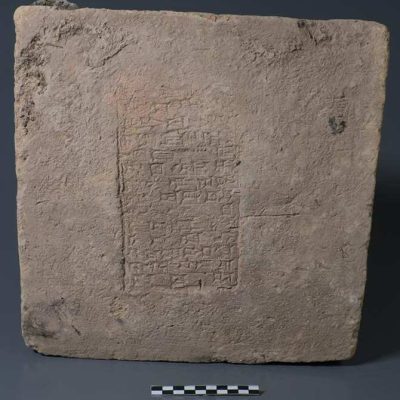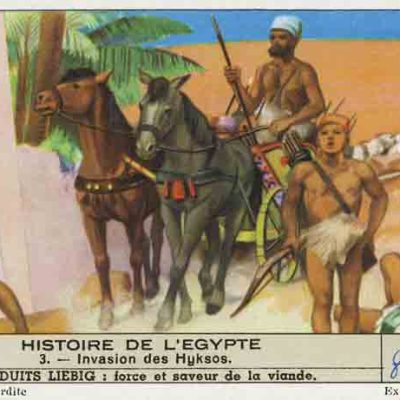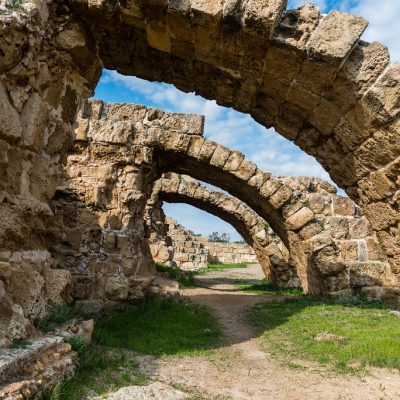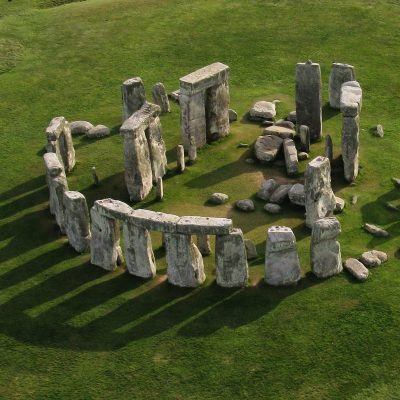Archaeological findings reveal that non-binary individuals existed in the Bronze Age, whose gender identity differed from their biological sex. This suggests that prehistoric societies did not have a strict separation between masculinity and femininity. Traditionally, archaeologists have identified the gender of the deceased using binary models, based on DNA analysis of bones. However, a person’s gender is more closely linked to their personal identity and external perception than biological criteria. Researchers from the Georg-August-University of Göttingen and the Max Planck Institute for Evolutionary Anthropology have therefore investigated whether non-binary individuals existed in the Bronze Age. They analyzed over 1,200 skeletons from the Bronze and Neolithic periods, examining grave goods as evidence of whether the gender identity of the deceased differed from their biological sex.
The study focused on seven burial sites in Germany, Austria, and Italy, some of which were up to 7,500 years old. The researchers found that in nine out of ten cases (90%), the biological sex matched the social gender identity. However, in one out of ten cases, there was a mismatch, suggesting that non-binary individuals existed in prehistoric societies. These findings provide evidence of tolerance towards non-binary individuals in ancient times. These individuals were buried similarly to their contemporaries, but received grave goods that did not match their biological sex. This suggests that prehistoric European societies did not have strict boundaries between masculinity and femininity, and the associated values.
This study challenges traditional binary models of gender and highlights the importance of considering personal identity and social perception when interpreting archaeological findings. It also sheds light on the diversity of prehistoric societies and their attitudes towards gender. The researchers hope that their findings will encourage further investigation into the lives and experiences of non-binary individuals in the past.


